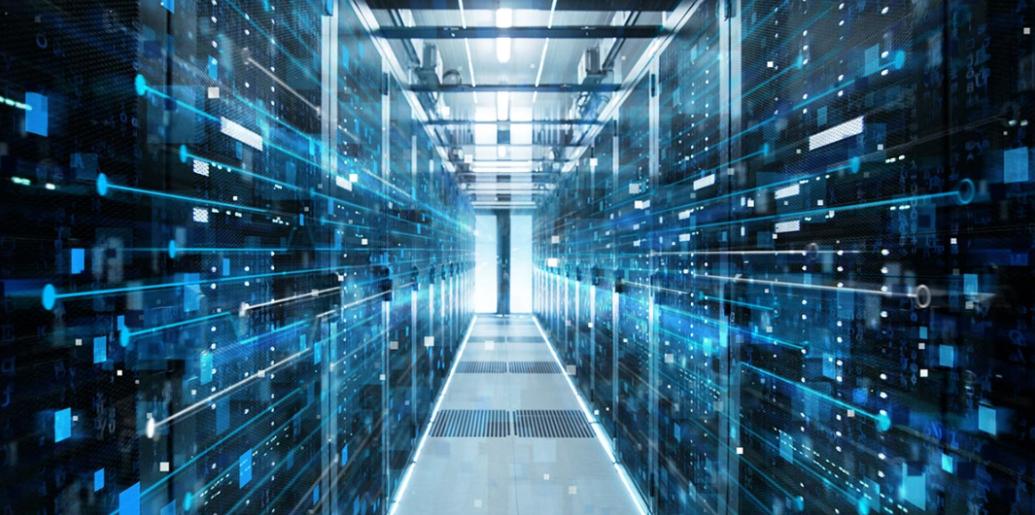| STORAGE AND SERVER TRENDS – 2019
Same as before small businesses are going to invest in hardware, larger enterprises are focusing more on increasing their cloud budgets.
One of the biggest drivers of IT budget increases in 2019 is the need to upgrade outdated IT infrastructures. As security concerns continue to plague businesses of all sizes, the need for updated, secure infrastructures becomes a top priority.
To determine ways to implement new software and hardware, ensure greater security and invest in the future of their IT, here’s a five server and storage trends that will play a key role in business in 2019.
1. The Hybrid Cloud
For many businesses, the hybrid cloud has already emerged as a way to have the best of both worlds. It combines the use of a private on-premise cloud and a third-party public cloud that allows for sharing of data and applications. Because workloads can move between the two environments as computing needs and costs change, it provides the business with greater flexibility.
The success of a hybrid cloud depends on how well it is managed. When done properly, a hybrid cloud maximizes workloads. It seamlessly orchestrates the public and private cloud to ensure that each environment is being used in a way that is optimal for that business.
A common approach to the hybrid cloud is for businesses to use
· The public cloud for test and development applications, Email and CRM;
· The private / on-premise cloud is reserved for more mission-critical or sensitive information.
This allows greater cost-cutting opportunities. They are also extremely scalable.
In that arrangement, the provider acts as a cloud aggregator and manages the enterprise’s entire cloud environment as a single service.
By implementing a hybrid cloud, companies are able to scale computing resources, while at the same time eliminating the need for large capital expenditures to manage short-term increases in demand. It allows them to free up local resources for more sensitive data or applications, and empowers the business decision makers to find the right environment to handle workloads appropriately and in the most cost-effective way possible.
2. Investing in New IT Hardware
All businesses are increasing their IT budgets is to upgrade their outdated IT infrastructures with the end of extended support for Windows 7 and Windows 2008.
For example, companies that want to run VMware ESXi 6.7 could face problems if they don’t have the correct servers. The HCL for vSphere 6.7 excludes some older servers, so they may need to upgrade in order to be compliant with the VMware. Servers must be newer than 12th generation for Dell and 8th generation for HP servers to run this release, which could prompt companies to invest in newer servers.
3. Implementation of Artificial Intelligence
The traditional approach to data-centre is changing rapidly, and artificial intelligence (AI) is increasingly playing a role in its design and development but its influence will be particularly strong within the data center.
The implementation of AI creates numerous new benefits to the end user. As AI is implemented, the data center will become more energy efficient; Google data centre able to cut its energy usage by 40% by using AI. And that’s just the beginning. Benefits of AI in the data center include:
- The ability to modernize operations by analyzing data more quickly.
- Eliminating inefficiencies in server usage by distributing workloads across the servers.
- Opportunities to reduce power consumption, while at the same time increasing performance.
- Better security by monitoring systems 24/7 and staying ahead of the curve on threats.
4. Buying RFB Servers
For many companies, buying refurbished equipment has become the ideal way to keep pace with the need for new equipment to get additional equipment for less money.
Refurbished equipment also typically comes with a warranty / AMC Maintenance and ensures both reliability and compatibility with existing equipment.
5. Adopting Flash
Flash’s solid-state drive (SSD) is critical need in the memory and storage hierarchy of systems. Used onsite, in a cloud environment or as part of a hybrid system architecture, flash has benefits in terms of speed and efficiency.
flash can deliver information in real time and has advantages over HDDs in terms of power and cost of ownership.
As prices continue to fall, and improvements in SSD performance evolve, the all-flash array has become a viable contender to replace the traditional HDD infrastructure.
In 2019, look for flash to gain more credibility as an HDD alternative.
And, when you’re ready to implement some of these changes into your operations in 2019, let Navigator Systems help you. |

